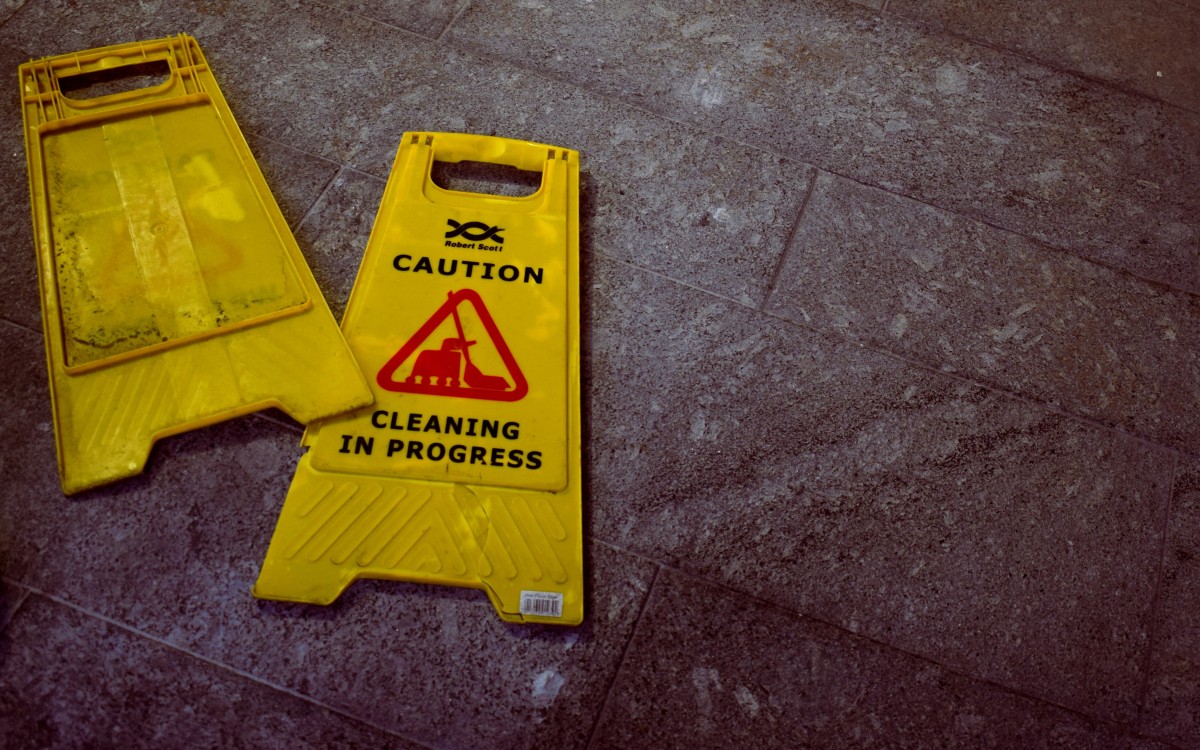Signs Help Make Your Workplace Safer

From showing you where the eye wash station is, to reminding you to wear your fall protection gear and where to find the restrooms, you’ll find signs in every workplace. Signs are instrumental in preventing injuries and accidents.
Signs Have 6 Primary Functions
1. Point out health and safety hazards
2. Draw attention to hazards that may not be obvious
3. Provide instructions and directions
4. Show where emergency equipment (ie: AED) can be found
5. Remind workers where personal protective equipment (PPE) must be worn
6. Indicate in which areas certain actions are prohibited
Complying with OSHA
OSHA has specifications for safety signs that apply to their design, application, and use. For example, OSHA states that the type of sign used in a situation should be appropriate for the degree of hazard. Is a DANGER sign needed or just a CAUTION sign? Following are helpful guidelines to assist in making jobsites safer for everyone:
- According to OSHA, the wording of the sign should be concise and easily read. The sign should contain sufficient information to be readily understood. The wording should make a positive, rather than negative, suggestion and should be accurate in fact.
- If a facility employs people whose primary language isn’t English, bilingual signs should be used as well.
- Signs should be consistent throughout your facility.
- Signs should be positioned so that they’re easily read from a distance.
- Make sure safety equipment such as eye wash stations, safety showers, and fire extinguishers are clearly identified with appropriate signs.
- Signs must have rounded or blunt corners free from sharp edges, burrs, splinters, or other sharp projections.
- The ends or head of bolts or other fastening devices should be located in such a way that they do not create a hazard.
- Signs must be visible at all times when work is being performed and must be removed or covered when the recognized hazard no longer exists.
- Review your sign program whenever new hazards are introduced. If signs are not updated to reflect hazards, your workplace may not be in compliance.
Training Tips
Another central aspect in sign usage is training. It’s important to discuss the meanings of the signs with your workforce. This can include color coding, the difference between “CAUTION,” “DANGER,” and other warnings, and the symbols that they’ll see on the signs.
During a training session, workers must be also instructed that they should never remove signs unless they have been told to do so by qualified personnel. Signs must never be defaced, changed, or blocked by equipment. When employees follow these instructions, safety is increased for everyone.
Furthermore, since sign usage can change within a facility, follow-up training sessions are suggested, as it helps workers avoid complacency.
Signs are an important part of your safety program. They remind workers of potential hazards, give important instructions, as well as boost compliance of safe work practices and reduce accidents. If you have any questions regarding which sign is needed for your facility, give the Technical Support Reps at Northern Safety & Industrial a call at (800) 922-8553, or email techsupport@northernsafety.com. They’re ready to help!
